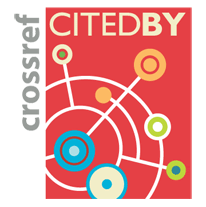Quantum many-body thermal machines enabled by atom-atom correlations
Raymon S. Watson, Karen V. Kheruntsyan
SciPost Phys. 18, 190 (2025) · published 16 June 2025
- doi: 10.21468/SciPostPhys.18.6.190
- Submissions/Reports
-
Abstract
Particle-particle correlations, characterized by Glauber's second-order correlation function, play an important role in the understanding of various phenomena in radio and optical astronomy, quantum and atom optics, particle physics, condensed matter physics, and quantum many-body theory. However, the relevance of such correlations to quantum thermodynamics has so far remained illusive. Here, we propose and investigate a class of quantum many-body thermal machines whose operation is directly enabled by second-order atom-atom correlations in an ultracold atomic gas. More specifically, we study quantum thermal machines that operate in a sudden interaction-quench Otto cycle and utilize a one-dimensional Lieb-Liniger gas of repulsively interacting bosons as the working fluid. The atom-atom correlations in such a gas are different to those of a classical ideal gas, and are a result of the interplay between interparticle interactions, quantum statistics, and thermal fluctuations. We show that operating these thermal machines in the intended regimes, such as a heat engine, refrigerator, thermal accelerator, or heater, would be impossible without such atom-atom correlations. Our results constitute a step forward in the design of conceptually new quantum thermodynamic devices which take advantage of uniquely quantum resources such as quantum coherence, correlations, and entanglement.
Cited by 1

Authors / Affiliation: mappings to Contributors and Organizations
See all Organizations.- 1 Raymon S. Watson,
- 1 Karen Kheruntsyan
